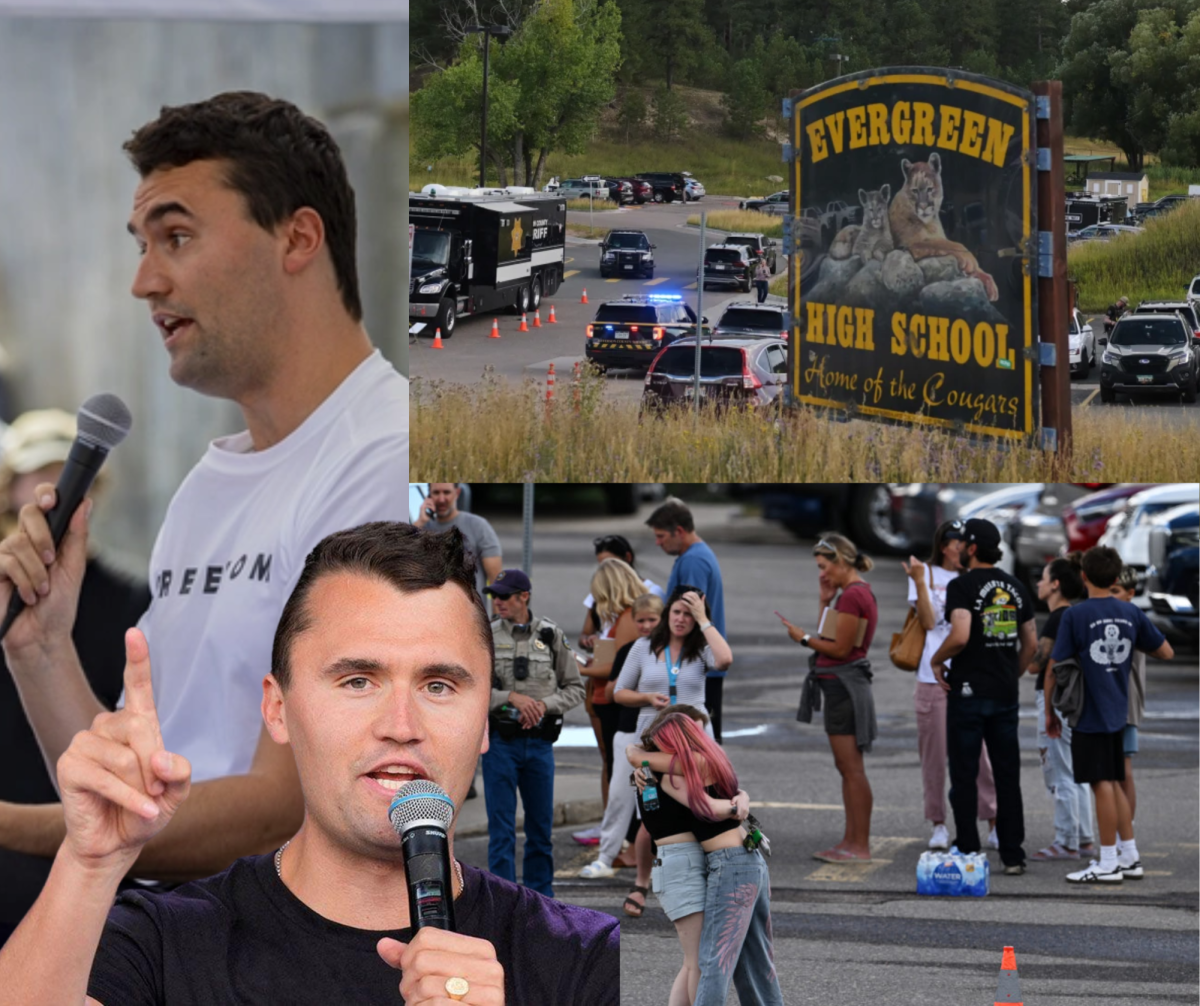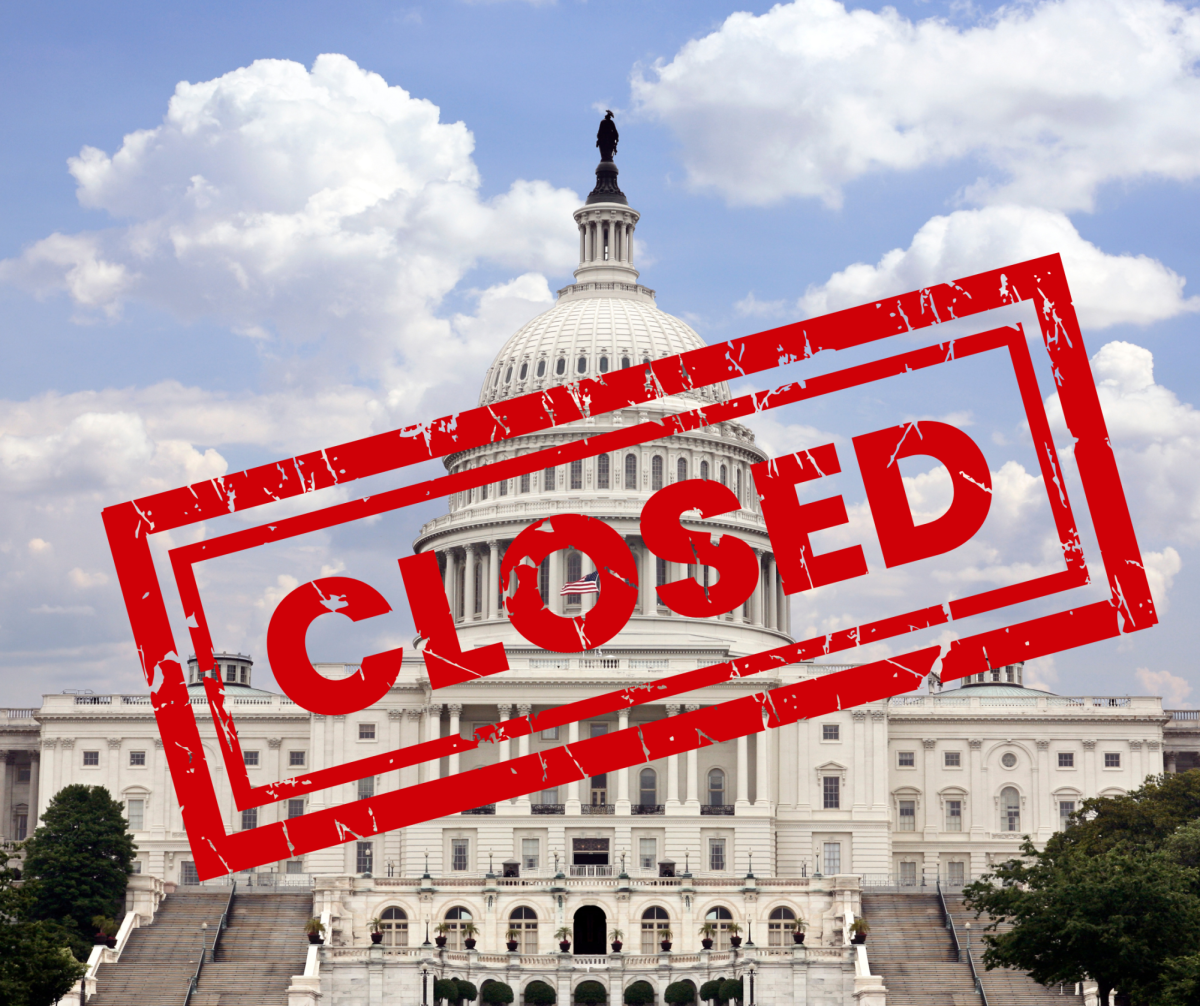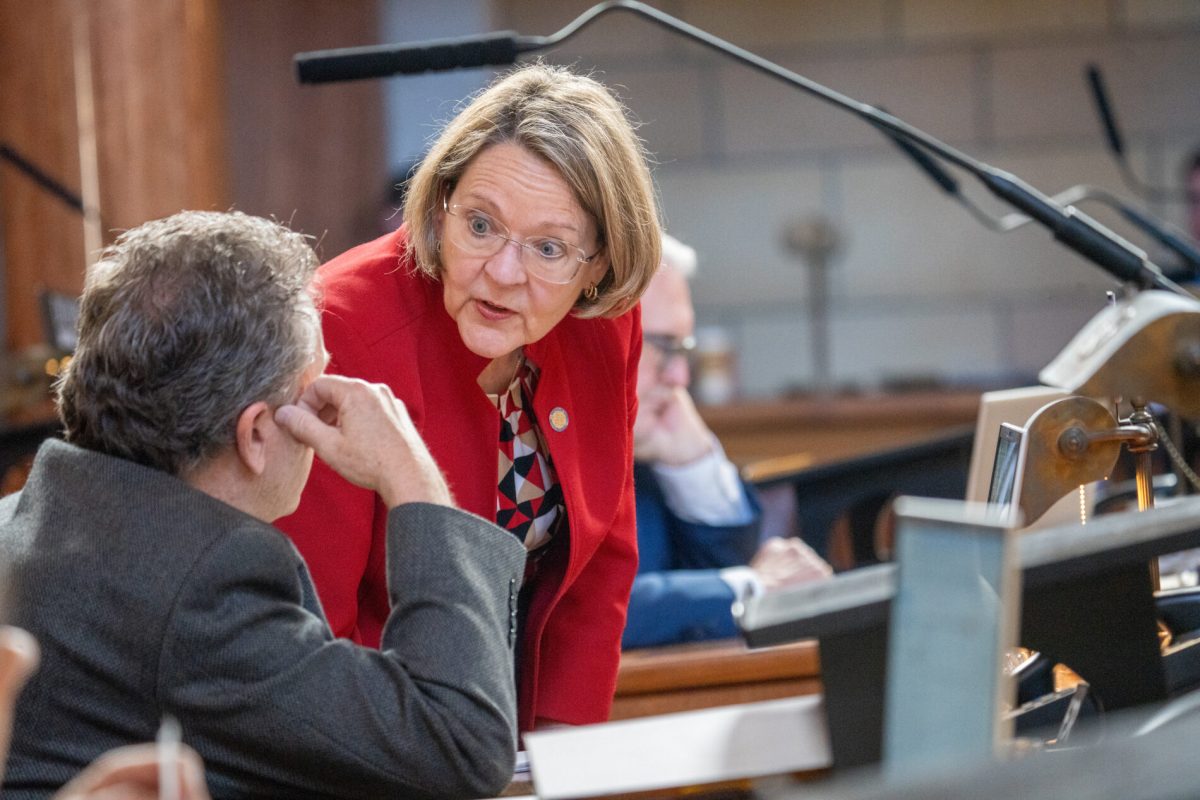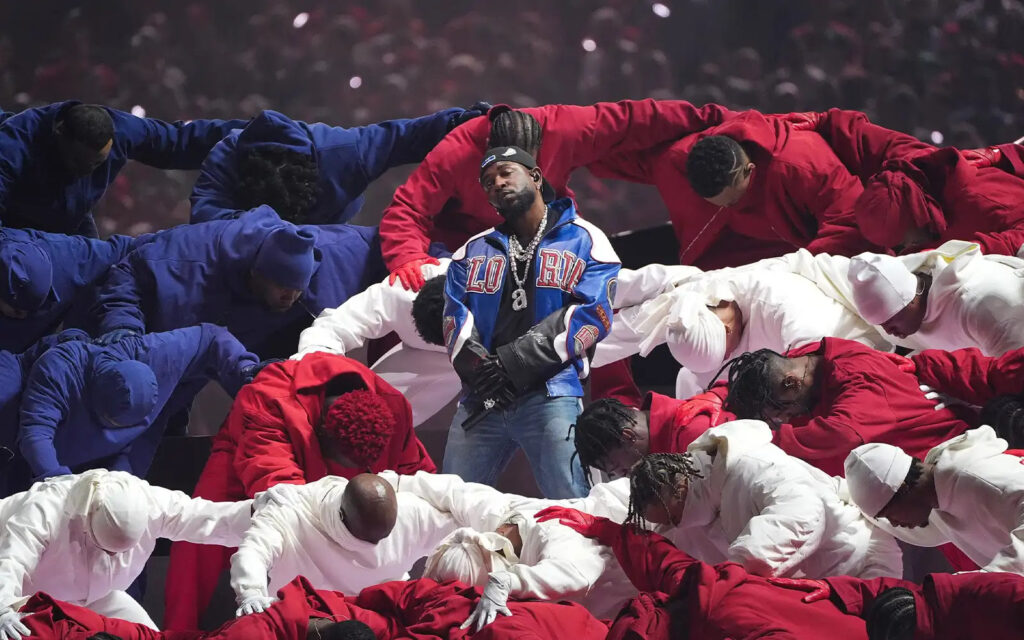There’s no denying that Donald Trump’s return to the presidency has been eventful. No other president has issued as many executive orders as second-term Trump in their first 100 days of office. Of course, it can be hard to keep track of all the changes that have taken place. This is a recap of the policies that Trump has implemented and what they mean for you.
Tariffs
Tariffs—his “favorite word,” according to himself—have been a mainstay of Trump’s second presidency. A tariff is a tax charged when importing foreign goods; by raising the prices of goods made abroad, Trump hopes to increase the purchase and manufacturing of American goods and potentially generate more revenue.
Trump first introduced tariffs on Canada and Mexico, initially placing a 25% tariff (charging 25% of the original value of an imported good) on imports from these two countries, but has since narrowed it down to non-USMCA-compliant goods. These tariffs remain in effect, and in response, both countries have started levying reciprocal tariffs.
In March, Trump introduced tariffs on cars, aluminium, and steel. However, he has modified this to grant manufacturers some reprieve. A few days later, on April 2 (dubbed “Liberation Day”), Trump introduced a 10% baseline tariff for all countries (excluding Canada and Mexico), along with higher tariffs for select countries. Trump paused the targeted tariffs for 90 days for all countries except China, which imposed a retaliatory tariff before the pause was announced. He then escalated the trade war with China, raising tariffs with the country to 145%, and closed the de minimis exception that allowed for goods less than $800 to not be subjected to customs and tariffs. While he scaled back the tariffs with China following negotiations, the 30% baseline tariff and the closure of de minimis remains.
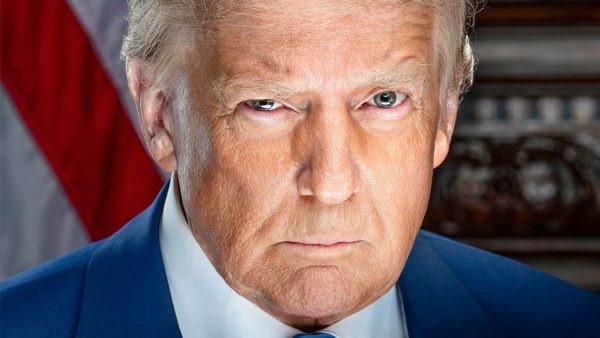
The tariffs have received large amounts of criticism, and even some Republicans have questioned them. Don Bacon, who represents Omaha’s congressional district, spoke out against them and backed symbolic efforts to curtail the president’s authority over tariffs. The tariffs have also generated fears of a recession, a prospect that Trump has acknowledged; indeed, economic growth was negative during the first quarter of 2025. Despite these concerns, Trump has remained firm in his belief that tariffs will create jobs in America and ultimately ensure prosperity.
The effects of the tariffs will not be immediate. Many goods have stockpiles, and it could be weeks or months before they run out. However, it is undeniable that prices will, at least in the short term, rise. For consumers, sites like Temu and Shein will be the hardest hit. These apps thrive on cheap imports from China and have taken great advantage of de minimis. With the closure of the exception and the higher prices, their entire business model may be in jeopardy.
DEI:
If “tariff” is Trump’s favorite word, then his least favorite is likely “DEI,” referring to diversity, equity, and inclusion programs designed to promote the status of minorities. A vocal critic of it during his presidential campaign, Trump asserts that it promotes discrimination and wastes money. He has since shuttered federal offices and ended contracts related to DEI. The impact of Trump’s anti-DEI campaign, however, extends beyond the federal government. Through a combination of indirect pressure and threats, many companies and universities have closed their diversity offices. Walmart, for example, ended all DEI programs in November, right after Trump was elected. There have even been local effects: in late February, the University of Nebraska-Omaha completely closed its DEI office.
Diversity, equity, and inclusion programs were bolstered by Biden, who issued executive orders promoting such policies. Trump’s efforts to roll them back have faced considerable legal opposition from liberals, who argue that they help to ensure minorities are treated fairly and have equal opportunities. The strongest opposition has come from Harvard, which rejected a letter from the Trump administration threatening to withdraw federal funding on the grounds of its support for DEI programs.
Federal Cuts:
Another key component of Trump’s second term has been cutting federal jobs. Championed by Republicans as a way to eliminate waste and redistribute money back into the public, virtually every department has been affected. One of the most impacted has been the National Park Service (NPS), with around 1,000 NPS workers laid off.
NPS is a federal agency responsible for maintaining public lands and national parks. The National Park Service is unique among American agencies as it is one of the few governmental services that generates a profit; in 2024, it turned its $3.5 billion budget into $55.6 billion. Republicans have praised these cuts, hoping that they will eliminate unnecessary funding and redistribute the money back into the American public. However, Democrats are fearful that these cuts could lead to national parks falling into disrepair and lead to the government losing money.
Workers of the National Park Service maintain public lands and do activities like conservation, educating visitors, and ensuring safety. Most of these workers laid off were probationary workers, meaning that they recently started working at a park (or were recently transferred there). These workers will be largely replaced by seasonal workers hired for the busy season. However, delays in hiring could lead to a major staffing shortage, fueling worries about the layoffs.
For the most part, the layoffs have not yet significantly altered visitors’ experience. Some parks, such as the Florissant Fossil Beds National Monument, have closed on certain days, and parks across the country have delayed reservations. For park visitors, you should ensure you bring essential supplies (as per usual).
Conclusion: It remains to be seen whether or not history will remember President Trump as an American hero or a demagogue. However, one fact is for certain: his presidency has been full of changes.



